André Charlin's 'Festival du son 2023'
Archivists have revived the cult-classic compilation series of the famed French engineer
Readers of this website might look to me as an authority on classical recordings, but one thing that continuously humbles me is just how vast and rich the history of this field is. This is especially true for the middle of the 20th century, where there are untold riches of performance and sound. By now, hopefully readers here are familiar with names like Kenneth Wilkinson, Lewis Layton and Robert Fine, but learning the history of recorded classical music is to constantly realize just how crowded the field of pioneering people and technology was (and how quickly everything changed, particularly from the 40s to the 60s)!
Last year I was lucky enough to get my hands on the first release by the French Record Company, of the excellent Marcelle Meyer recording of the Debussy Preludes. A recording that was originally engineered by André Charlin (1903-1983), followed this year by another stereo FRC release again originally engineered by Charlin (which myself, Mark, and MF reviewed here). Charlin was a prolific engineer but in addition to recording for and having a major hand in known audiophile labels such as Erato, L'Oiseau-Lyre, and Les Discophiles Français, he worked throughout his career to improve recording equipment and stereophonic recorded sound.
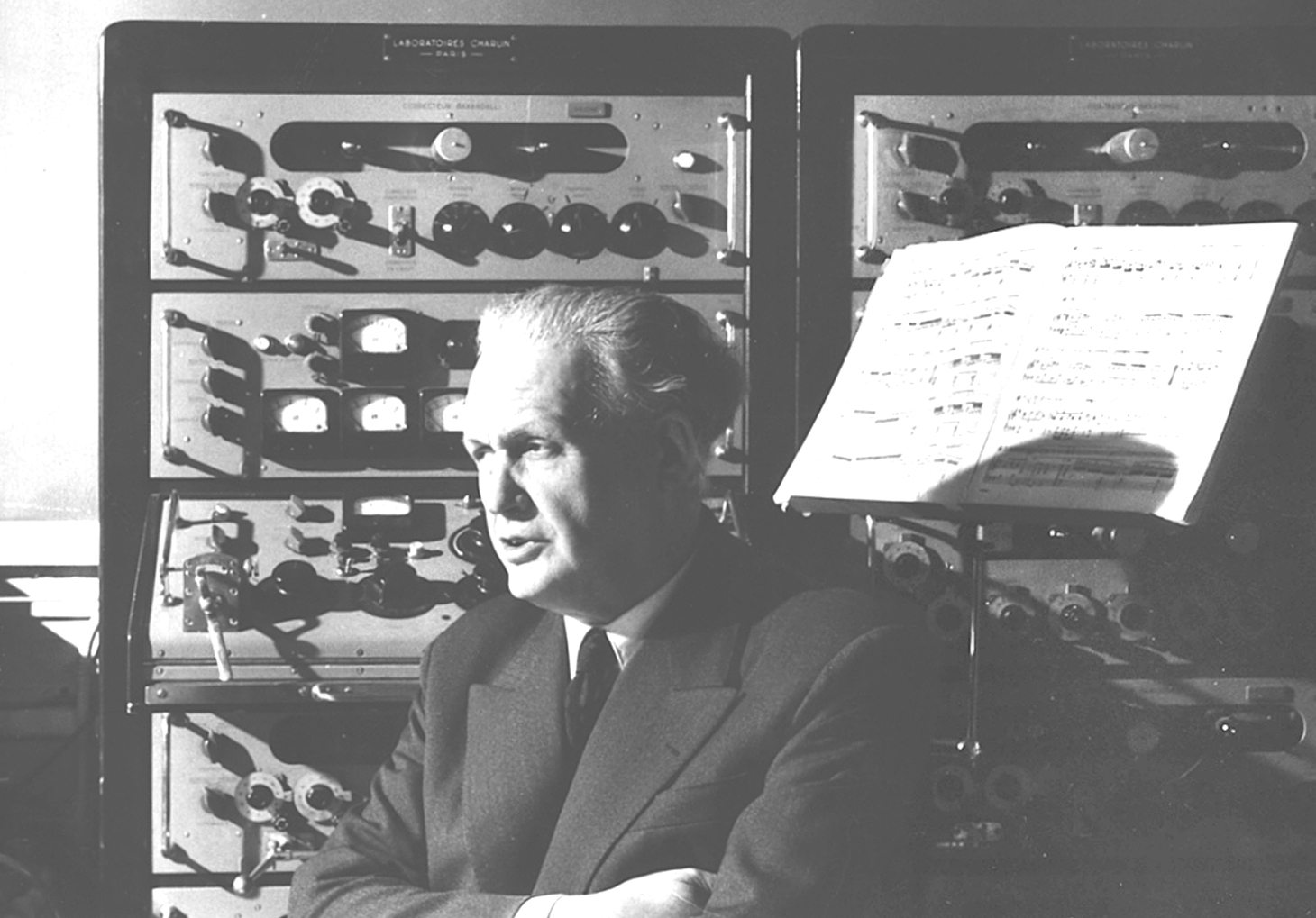 Engineer André Charlin
Engineer André Charlin
Charlin is often credited with being the inventor of “binaural” recordings, and while in reality, binaural recordings have a long lineage of innovations dating back to the 1920s, Charlin did revolutionize the field with his “dummy head” recorder, with two Schoeps microphones positioned to mimic the “ears” of the head. He also spearheaded an audio exposition and performance festival known as “Festival du Son” held in the Hôtel du Palais d’Orsay, of which five compilation albums of the same name were issued from 1968-1973 on Charlin’s own label: Disques A. Charlin.
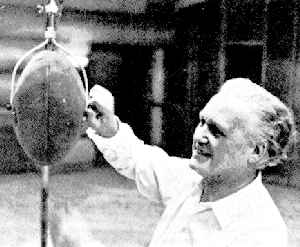 Charlin with his "Dummy Head" recorder
Charlin with his "Dummy Head" recorder
It is perhaps a shame that the projects Charlin worked on didn’t have more penetration into the North American market the way Decca and EMI did, although much of his output featured more localized French orchestras as well as a heavy emphasis on chamber recordings, something American’s seemed to buy much less of than orchestral outings. It seems however now that we are beginning to see a renaissance of this engineer’s works, and assisting in that effort is mastering engineer Bruno Gaullier who is now attempting to revive Disques A. Charlin by reissuing recordings from the label’s archives.
Gaullier’s most recent project is a revival of the Festival du son compilations of old: Festival du son 2023 released on CD and LP which compiles binaural recordings from the label’s storied past. 2023 was not an arbitrary choice as it represents André Charlin’s 120th birthday as well as the 40th anniversary of his passing. Curious as to the technical details behind this release I reached out to Gaullier who went into great detail on the provenance of the recordings found on this LP (which only contains liner notes in French).
Compilation records are always a challenge because it is necessary to assemble a lot of tape excerpts and dub them to provide a new master. In the analog domain, dubbing is not the best solution because it increases noise and some other problem could arise. In the case of SLC 59 R the original material was too fragile and too old to be directly copied in the analog domain. We then decided to digitize the excerpts and assemble them as a digital master.
To obtain a good result we had sometimes to restore the original condition during playback and were obliged to compensate a treble loss or a de-emphasis mis-alignment but we never modified the audio information. Either for pleasure nor to obtain a more contemporary and pleasant sound. No compression, no filtering, no modification of the original has been carried out during the process. A Studer recorder were used to replay the tapes. For digitizing a professional mastering A/D converter from Forssell was used. The digital master is a 24 bits 96 KHz file.
Cutting was done on a NEUMANN VMS 70 – SX 74 cutting lathe by François Terrazzoni who is a veteran from DECCA and a good friend of mine. We finally entrusted the pressing to MPO and agreed on a 180G audiophile pressing… and here is the result you have in your hands. All these tracks were recorded in stereo with the “dummy head” single point microphone designed and developed by André Charlin.
Gaullier also spoke a bit about the condition of some of these recordings and what materials he had to use in the compilation process:
Sometimes the tape is missing, destroyed or impossible to be replayed. In this case, we used the metal work. To replay and master a track from metal work is another complicated business. With experience we obtained a really good result and the listener can’t say if it is a tape or a metal work.
So, we have a digital compilation of stereo recordings from the Charlin archive, some of which were transferred from metalwork instead of tape, but with each tape or metal transfer emphasizing a lack of compression and filtering. What’s perhaps more notable however is that many of these recordings come from far less known efforts than many of Charlin’s most famous and collectable releases (such as his Les Discophiles Français recordings). So with all that context in mind, I was curious to dive into what is very obviously a labor of love from the Charlin archivists.
The LP features an incredibly varied program of orchestral and chamber music excerpts:
Side A
1. Idylle. Suite Pastorale - Emmanuel Chabrier (4 : 18) Orchestre du théâtre des Champs Elysées. Dir. Paul Bonneau
2. Hungarian Rhapsodie No. 2 “Friska” – Franz Liszt (3 : 56) Piano : Gÿorgy Cziffra
3. Betulia Liberata – Ouverture - W. A. Mozart (4 : 18) Orchestre et chœurs de L’Angelicum de Milan. Dir. Fellice Cillario.
4. Toccata - Toccata et Fugue in D minor BWV 565- J.S. Bach (2 : 49) Organ : Gaston Litaize.
5. Overture on Popular Russian Themes- Mili Balakirev (3 : 26) Orchestre du Théâtre des Champs Elysées. Dir. Laszlo Somogyi.
6. Agnus Dei from Missa Pastorale Op 147- Anton Diabelli (3 : 19) Ensemble orchestrale et chœurs de St Michael de Munich. Dir. Ernst Erhet.
Side B
1. Le Bœuf sur le toit- Darius Milhaud (3 : 58) Orchestre du théâtre des Champs Elysées. Dir. Darius Milhaud
2. Ballet Iberia - José Morales. (3 : 06)
3. Night Music of the Streets of Madrid Op. 30 No. 6- Luigi Boccherini (4 : 20) Orchestre de chambre de Cologne. Dir. Helmut Müller-Brühl.
4. Pélleas & Mélisande- Claude Debussy (4 : 26) Orchestre du théâtre des Champs Elysées. Dir. Désiré Emile Inghelbrecht.
5. Vézelay - Croisades et combats- Désiré E. Inghelbrecht (4 : 34) Orchestre et chœurs de l’ORTF. Dir. Jean Fournet.
6. Les Barricades Mystérieuses- François Couperin (1 : 49) Clavecin : Huguette Gremy-Chauliac.
I would love to know the selection process that went into this compilation because the excerpts are a bit all over the place both musically and sonically. One inclusion absolutely makes sense, which is the Balakirev, Charlin’s first “dummy head” stereo recording from 1954. But, musically there are really only two “core repertoire” pieces on Side A. One is the “Friska” from Liszt’s Hungarian Rhapsodie No. 2, which you will likely recognize from its “Tom and Jerry” fame. That recording is peculiar because it is one of the few selections on this compilation that was never originally released on Charlin’s label. It is of course masterfully played by György Cziffra, but the sound is the biggest downer on the side as it’s a bit hollow and distant.
Other selections fare better, such as the excellent overture to Betulia Liberata by W.A. Mozart, a work penned when the composer was just 15 years old. This recording by the Angelicum Orchestra of Milan has a lovely string tone and excellent expansive soundstage. There is a bit of an overly wet “tail” on the sound of the orchestra that is very apparent at the release of notes, but for me the wetness didn’t hide the inner detail of the ensemble.
The other real “core” selection is the ubiquitous Toccata and Fugue in D minor by J.S. Bach, played here by renowned organist Gaston Litaize on the organ of the church of Saint Pierre Saint Paul de Lille (which now apparently is solar powered). This work is very well recorded, and while it doesn’t shake the walls with dynamics and power the way some organ recordings do, it has a great realistic resonance and timbre which captures the realistic color of the instrument and space.
Possibly the best sound on the album is found at the beginning of side 2 with a wonderful short excerpt from Darius Milhaud’s Le Bœuf sur le toit, a work which the composer envisioned to accompany Charlie Chaplin’s silent films. This performance by the Champs-Élysées theatre orchestra (one of the ensembles Charlin worked with often) conducted by the composer himself, is full of vigor and vitality, while the sound has excellent image coherence, timbre, and spacial information. Alas I wish the rest of the side was as well rendered as this Milhaud excerpt, but the selections by Morales, Boccherini, and even the Debussy, while excellent artistically, are a bit dull and muddy compared to other sections of this album.
At least we get to finish on a high note with my personal favorite album selection, Les Barricades Mystérieuses by François Couperin, performed beautifully by Huguette Grémy-Chauliac who amazingly is still with us at the age of 97! There may be some intentionality behind placing this short keyboard work in proximity to the Debussy excerpt since Debussy called out this piece specifically as one of his favorites. Regardless, this portrait of the harpsichord present here is one of deep resonance and transparency, and I was only disappointed by the brief runtime of this work.
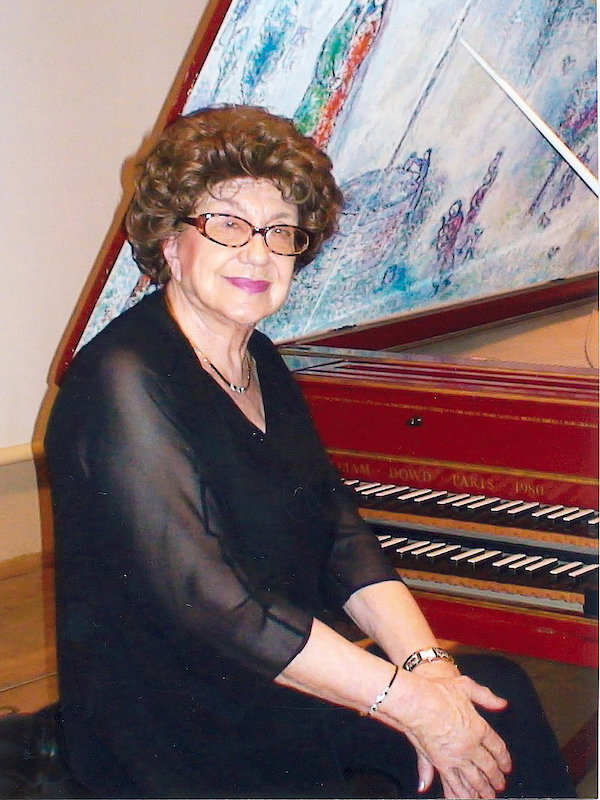 Harpsichordist Huguette Grémy-Chauliac
Harpsichordist Huguette Grémy-Chauliac
Unfortunately, my copy of the album pressed by MPO in France, was marred by consistent surface noise. This impeded the immersion of some tracks more than others, as some of the more delicate solo and chamber recordings were particularly impacted. I have no doubt that a better pressing quality would allow more of the sonic work of the Charlin team to come through, so it's a shame that MPO couldn't deliver in this regard. However even the best plants spit out noisy discs occasionally so your luck may be better than mine.
My individual pressing woes aside: If you’re shopping for one of those “Sonic Blockbuster” classical compilations designed to wow your friends when they come over, this LP doesn’t really fit that function. However, if you’re looking for a fascinating window into the recorded legacy of one of the 20th century’s most innovative audio engineers, I think Festival du son 2023 will be of great interest and reward. The nature of the minimally intrusive production of this album means you really hear drastic differences in the quality between tracks, which either comes from the original recording quality, or the condition that the masters were in when Bruno Gaullier got to them. There’s some lovely sonic treasures to be found here, and while these recordings aren’t particularly dynamic, at their best they are spacious, colorful, and vividly textured. They will certainly reward those curious about this period of French classical recording.




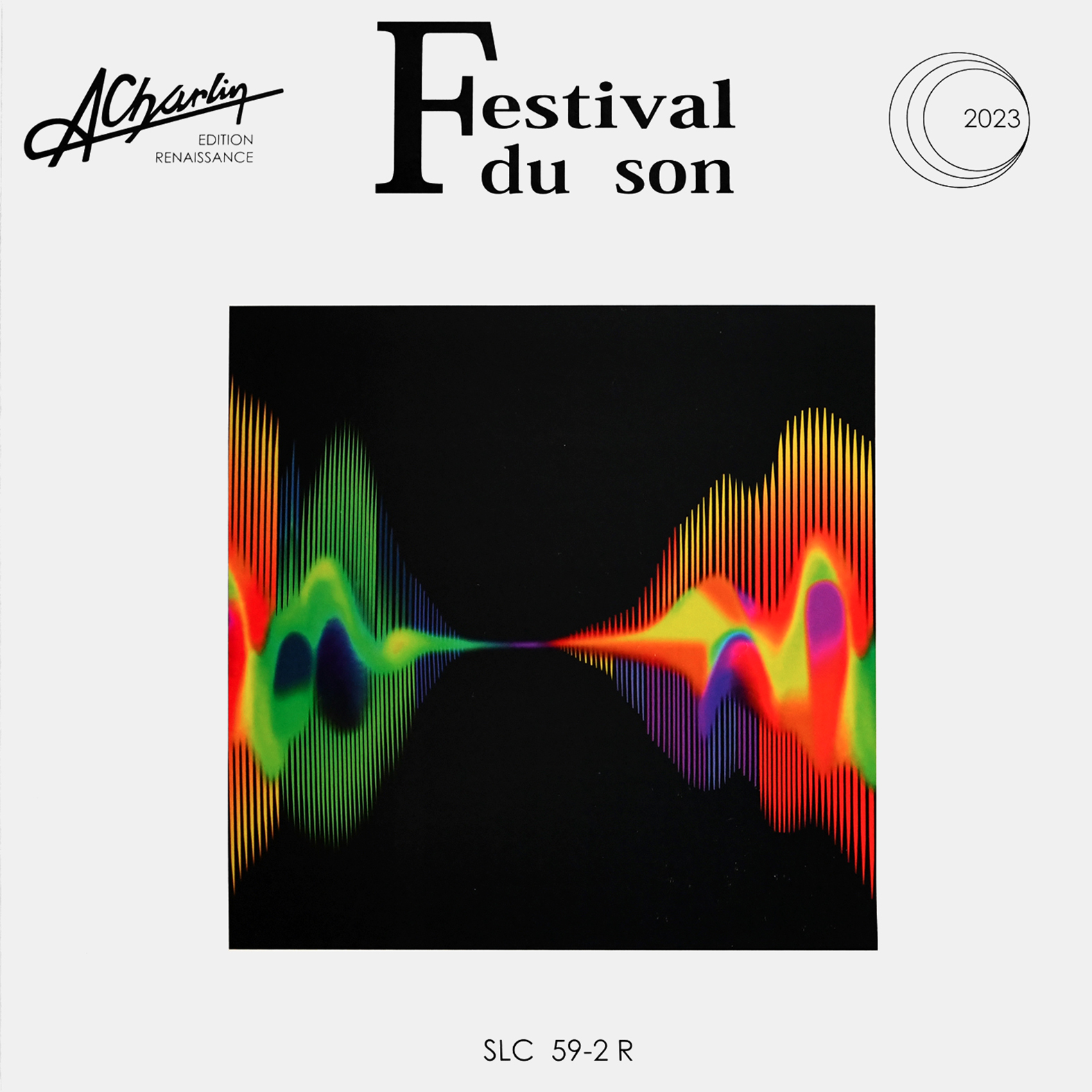

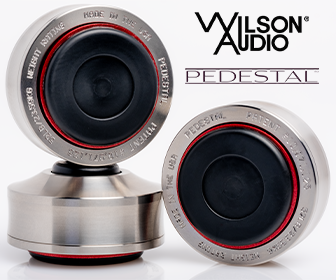


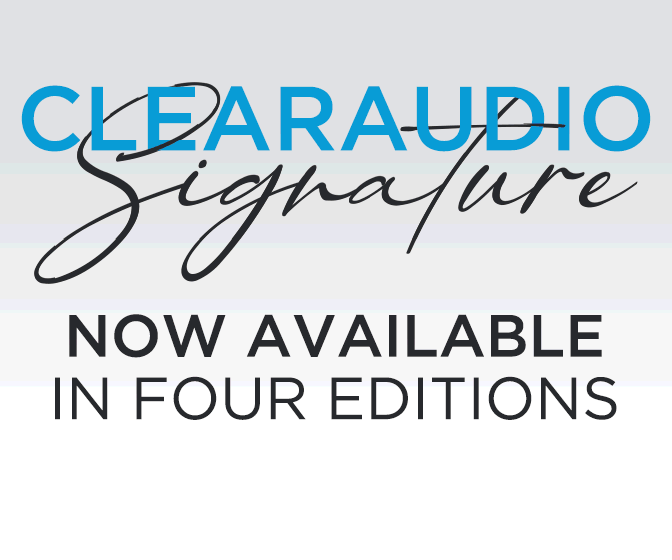
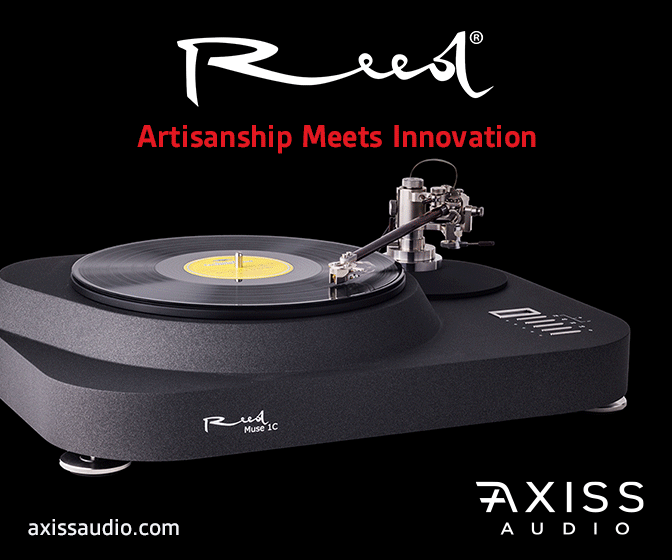
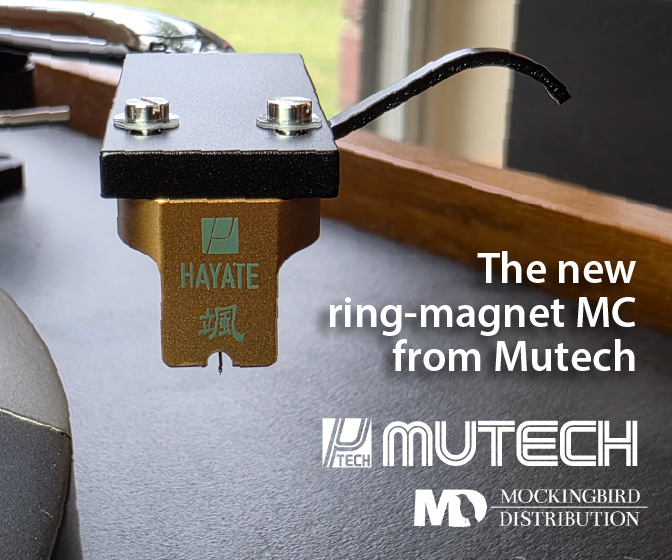
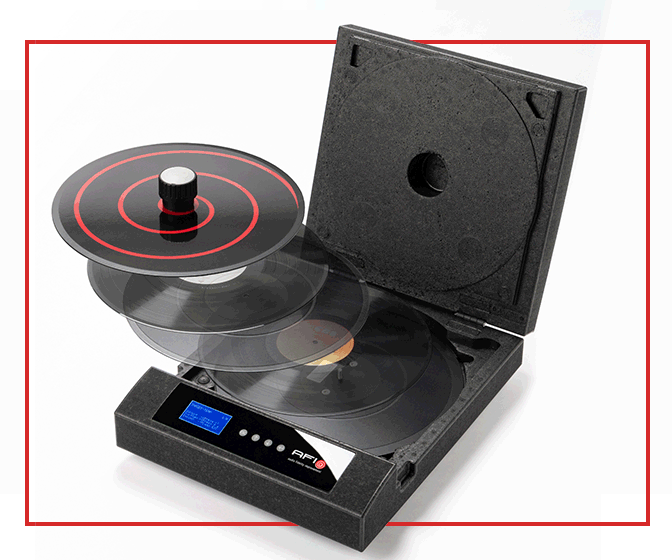

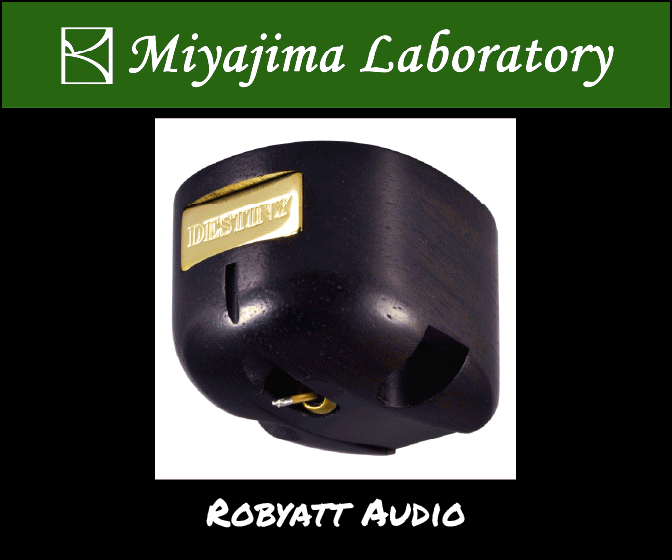
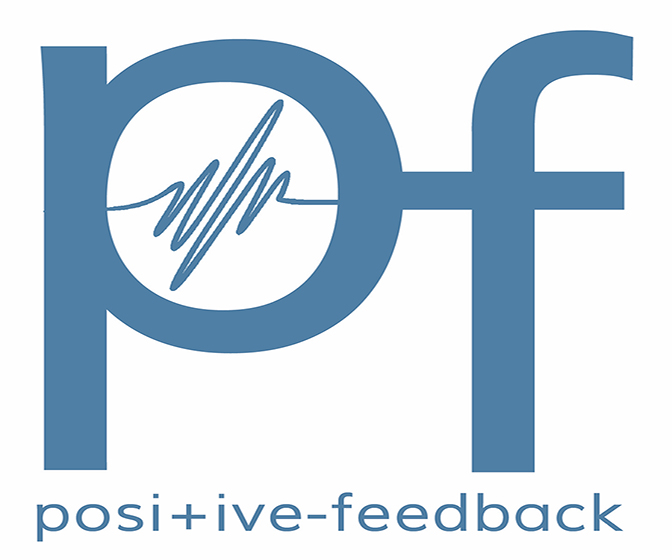




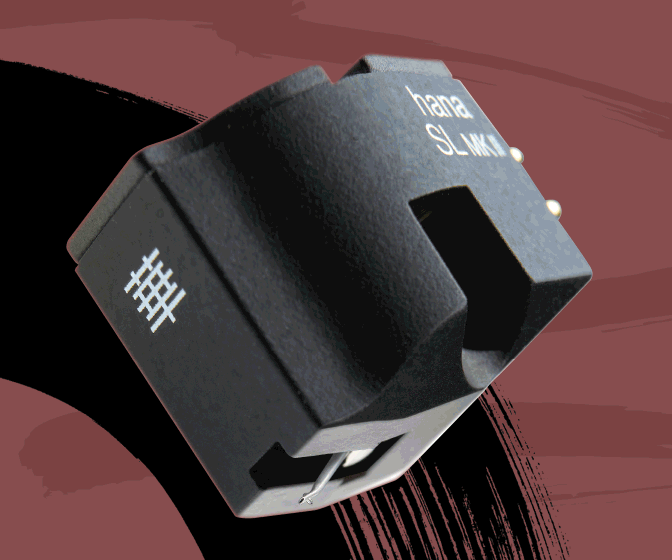
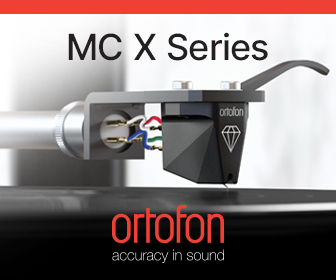
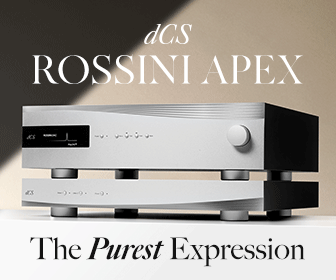
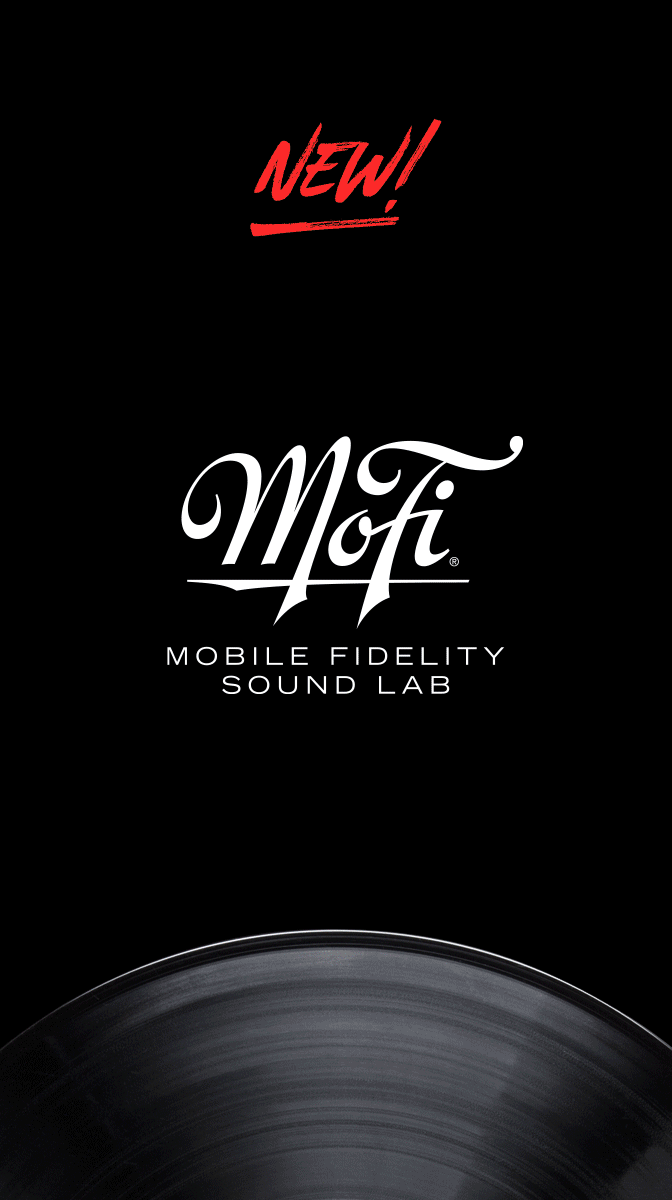

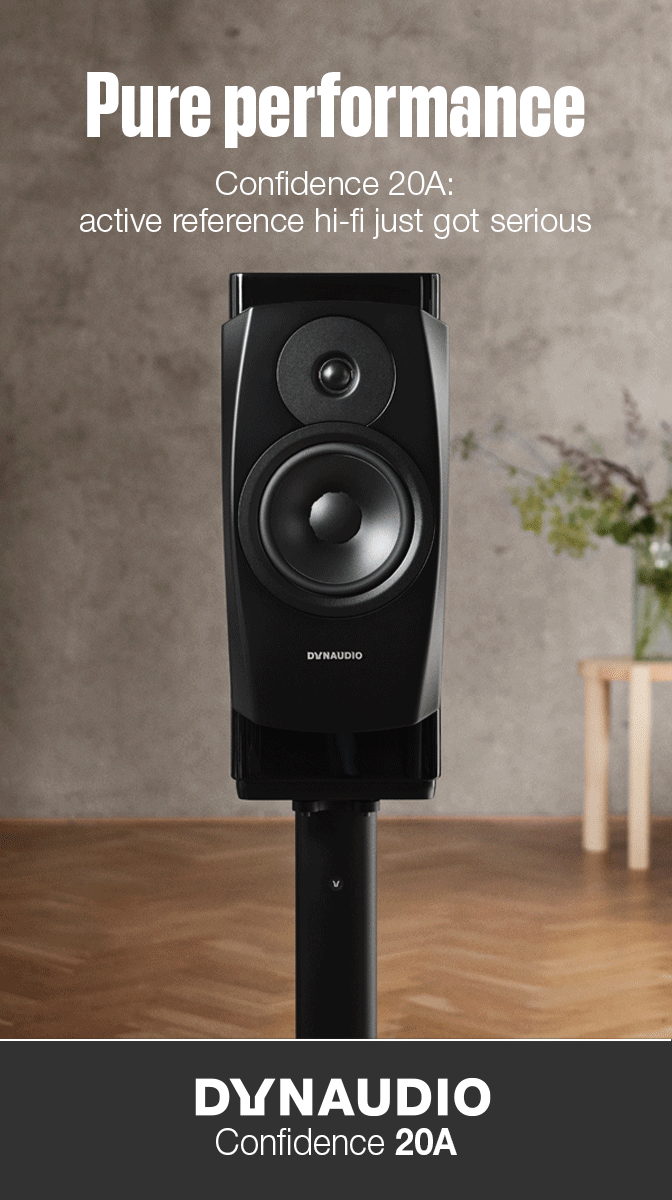

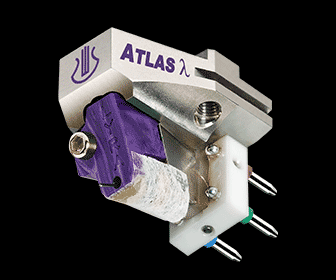

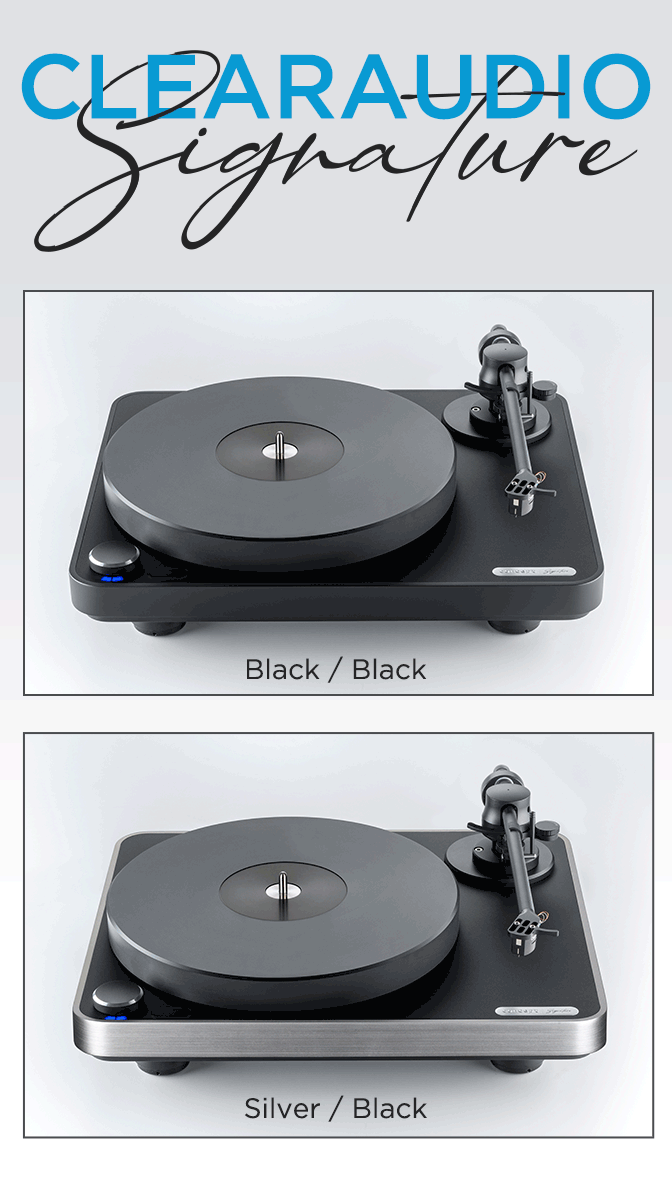


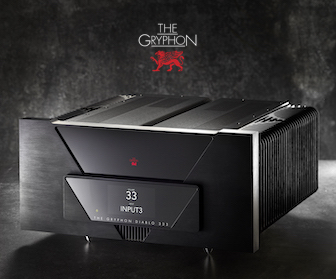
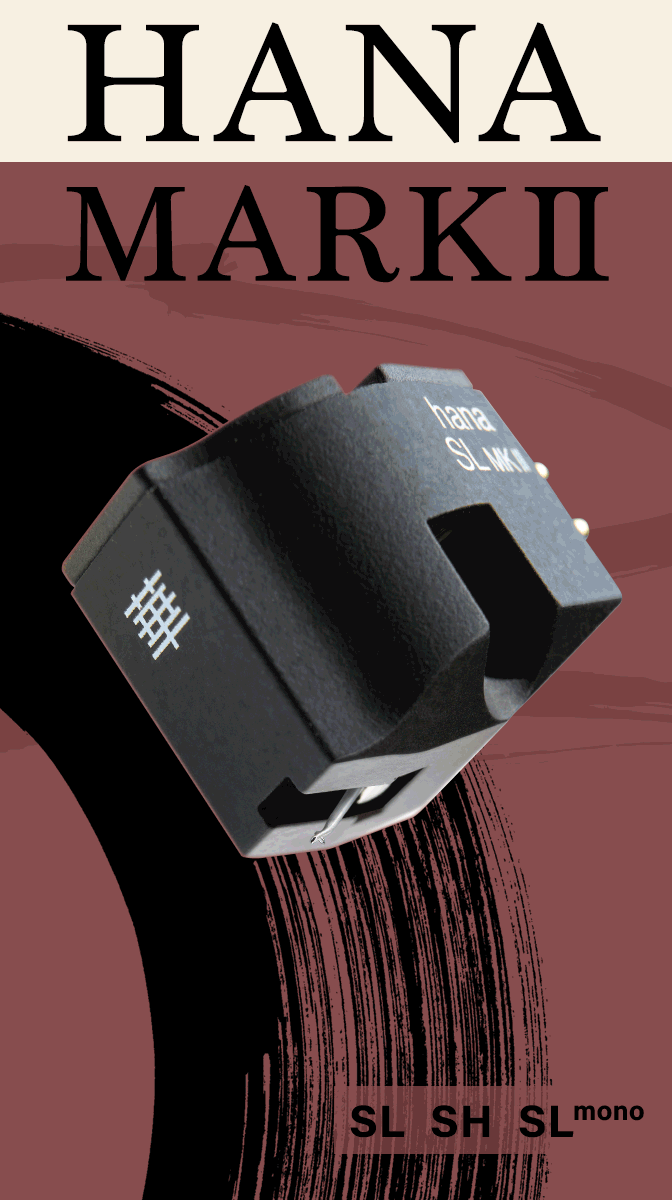


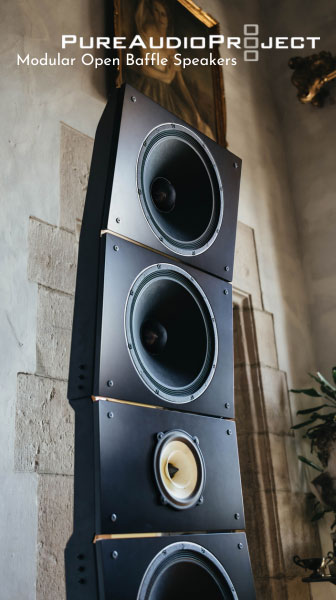






.png)








